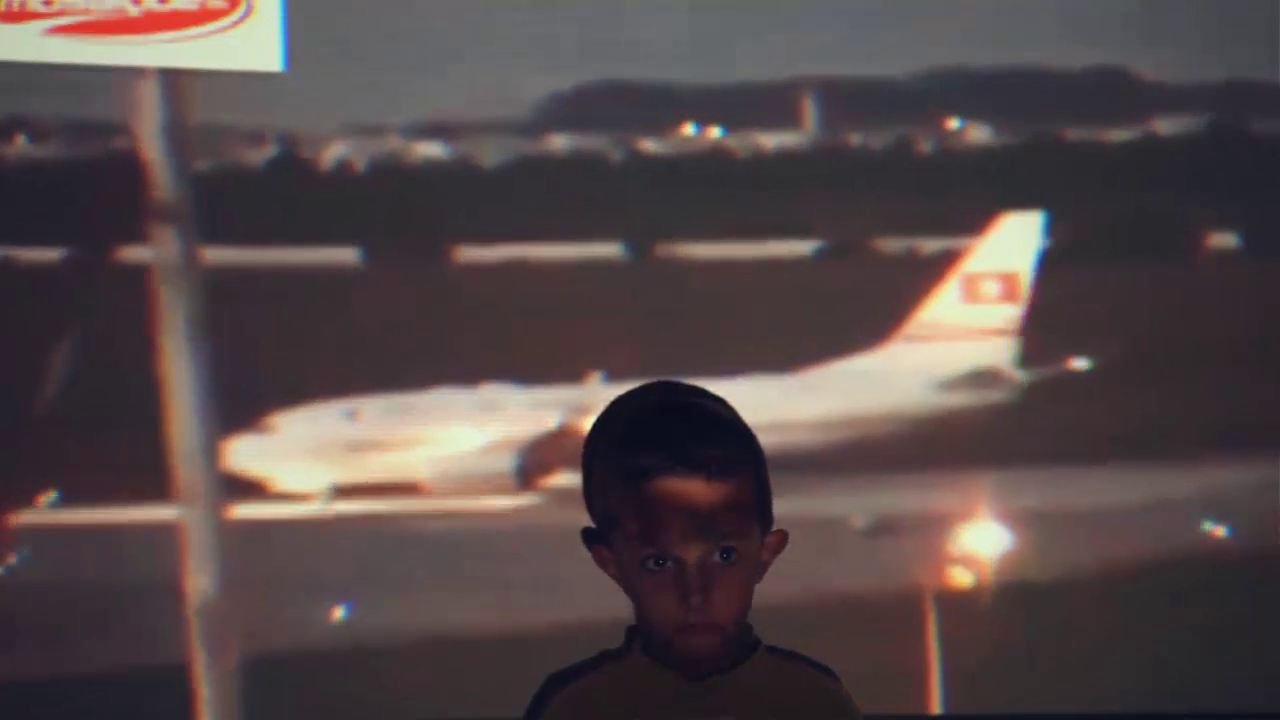Cinema
Bardo - Experimental Documentary (Feature) - Work in Progress
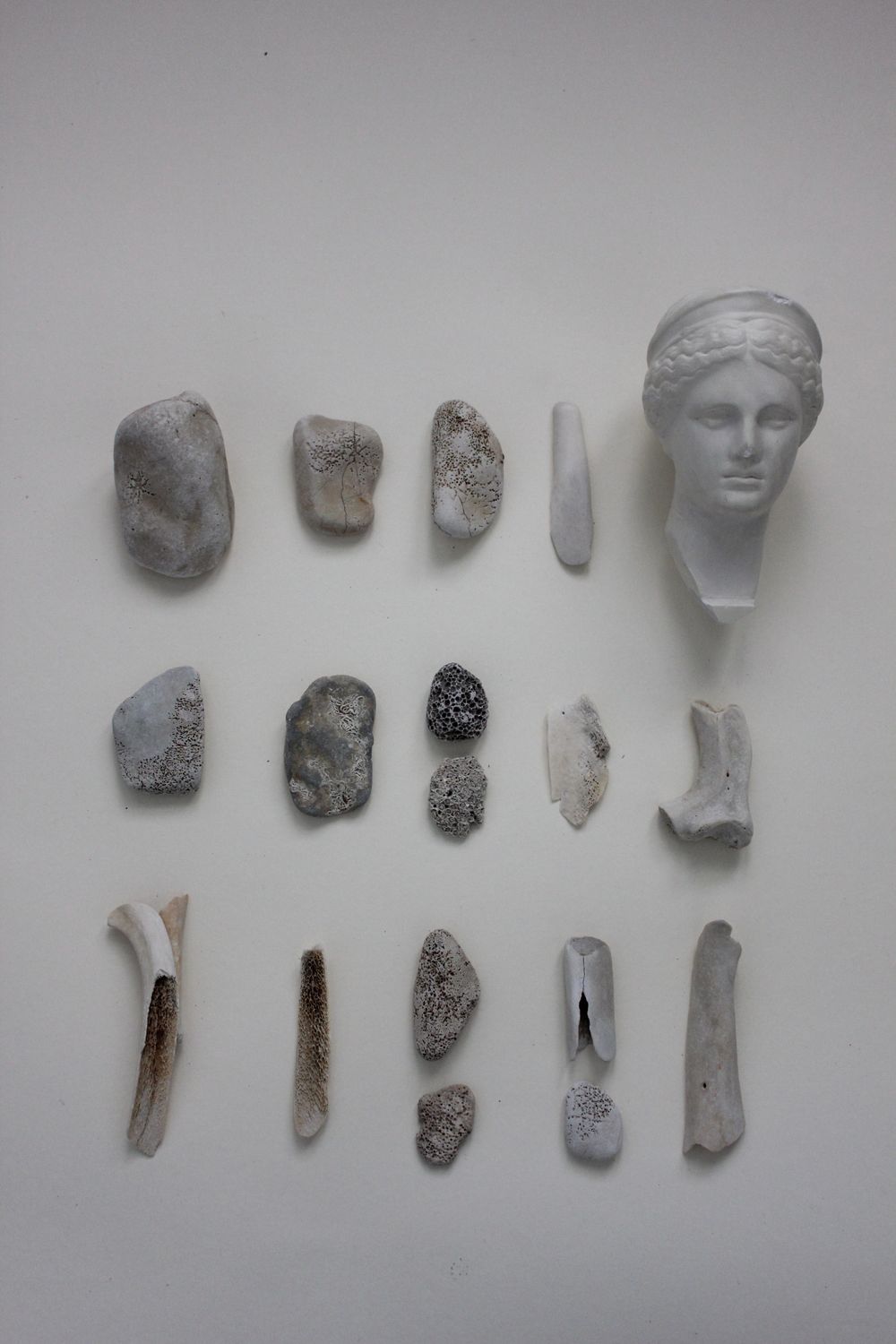
Synopsis:
Following the 2015 terrorist attack in the Roman Hall of Carthage within the Bardo Museum, the ancient sculptures of Roman gods awaken, eager to recount their experiences of existence. In doing so, they may lift the veil of dust that obscures our memories.
أولا لنتفق أن للحجر لغة
لغة الحجر لا تقرأ بل تستشعر بأطراف الأصابع
Postulate I :
Stones have their own language.
The stones’ language is not read with the eyes; It is felt through the fingertips.
ً ثانیا لنتفق أن للحجر صیرورة
من الأحجار ما یصلح لإیواء البشر
ومن الأحجار ما یصلح لإیواء الآلھة
لكل حجر مصیره
Postulate II:
Stones have their own fate,
Some stones may house humans, Others may harbor gods. Each stone has its own destiny..
ً ثالثا لنتفق أن للحجر ذاكرة
عندما تكون ھذا الخط على سطح ھذه الصخرة
نزلت و إخوتي على الأرض
ذاكرة الحجر عابرة للزمن
Postulate III
Stones have their own memory.
“When this line was formed on the surface of this rock, My brothers and I landed on earth.” The stones’ memory is timeless.
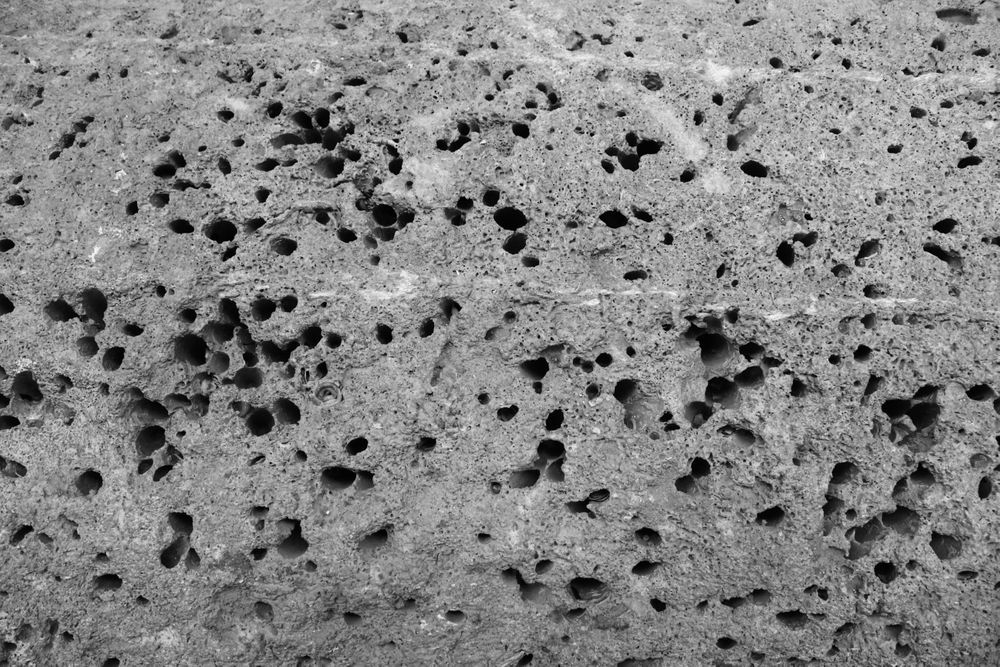

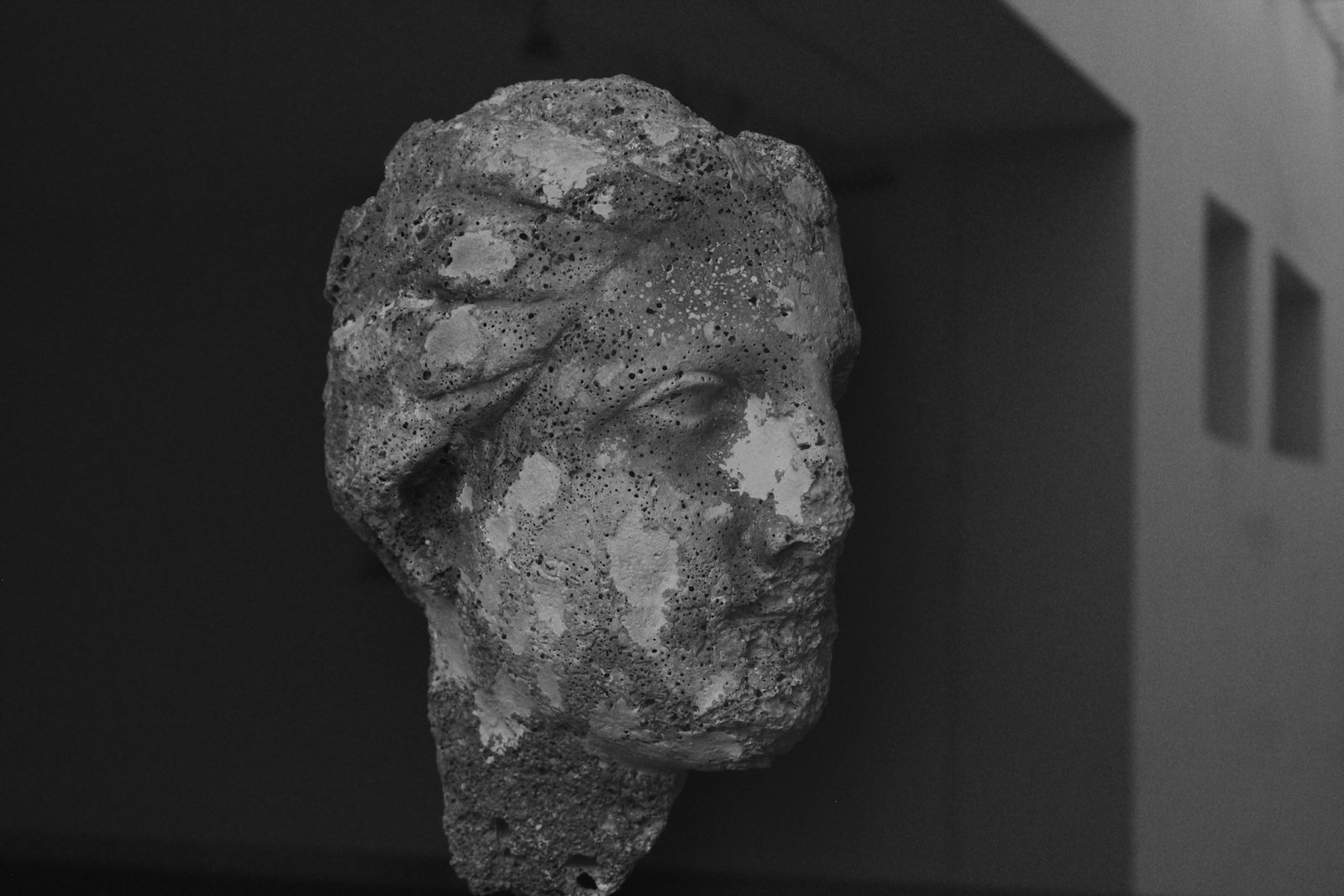
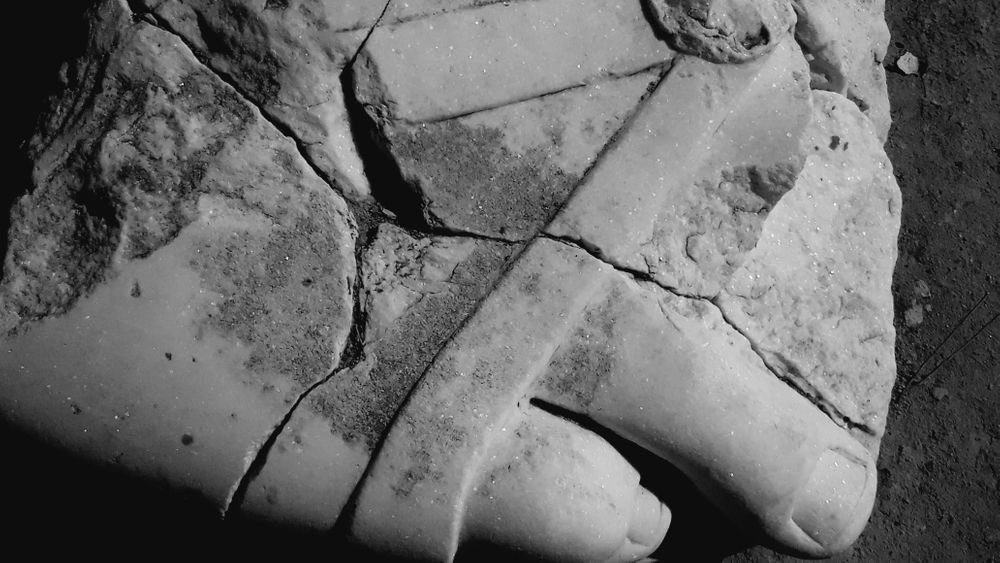
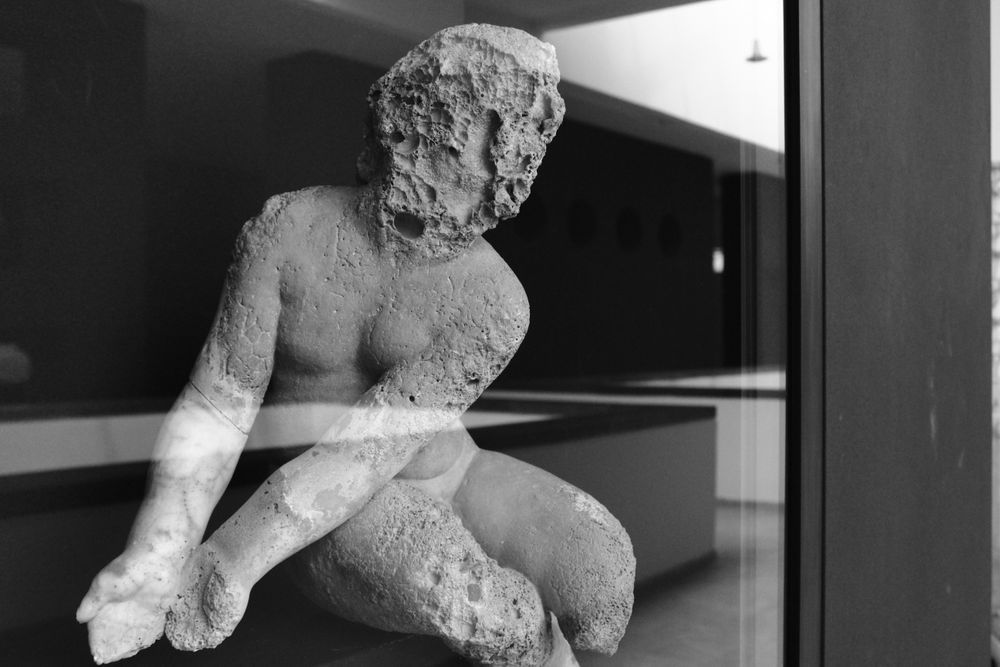
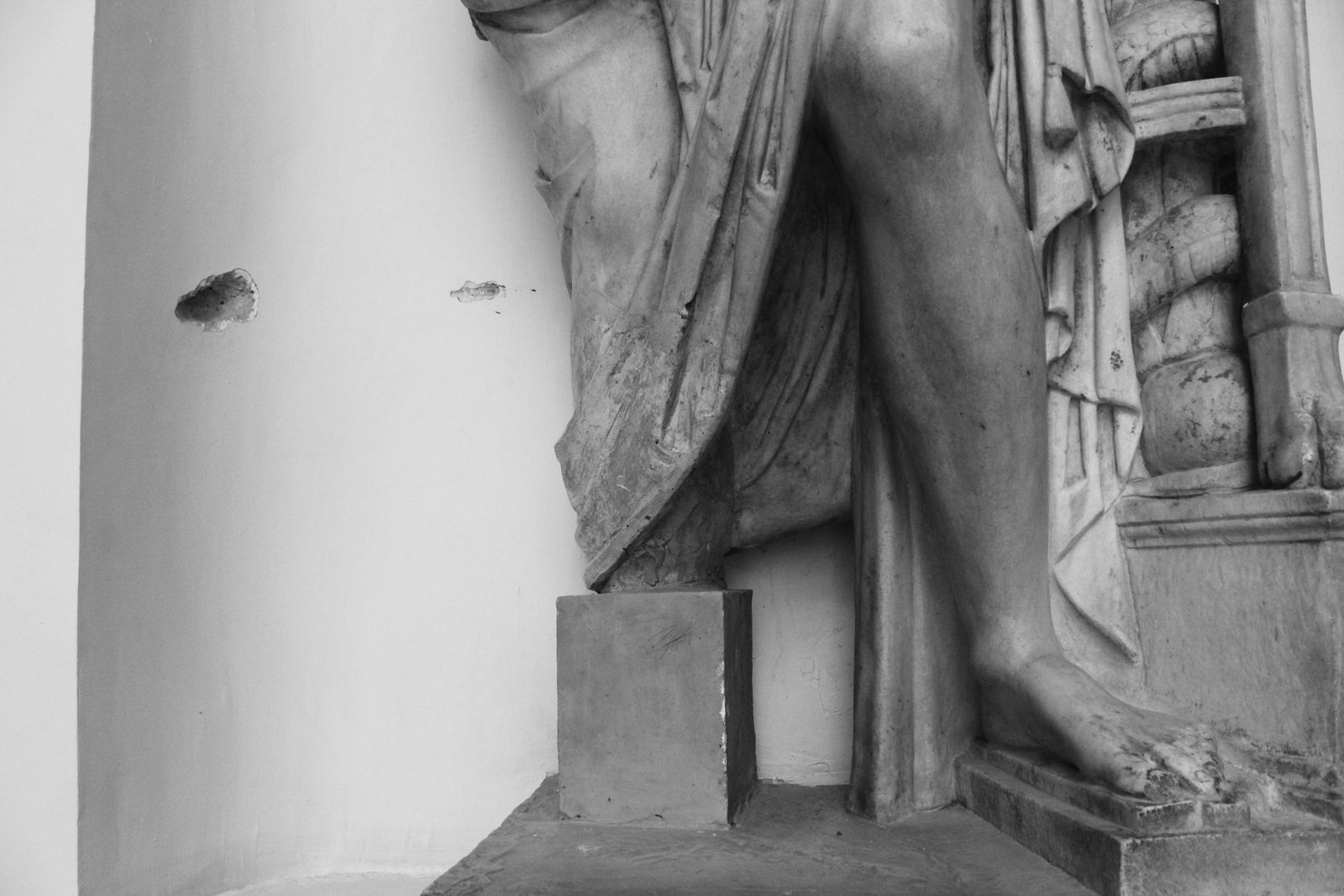
Waiting for the Resurrection - Experimental Short Film (7’) 2020

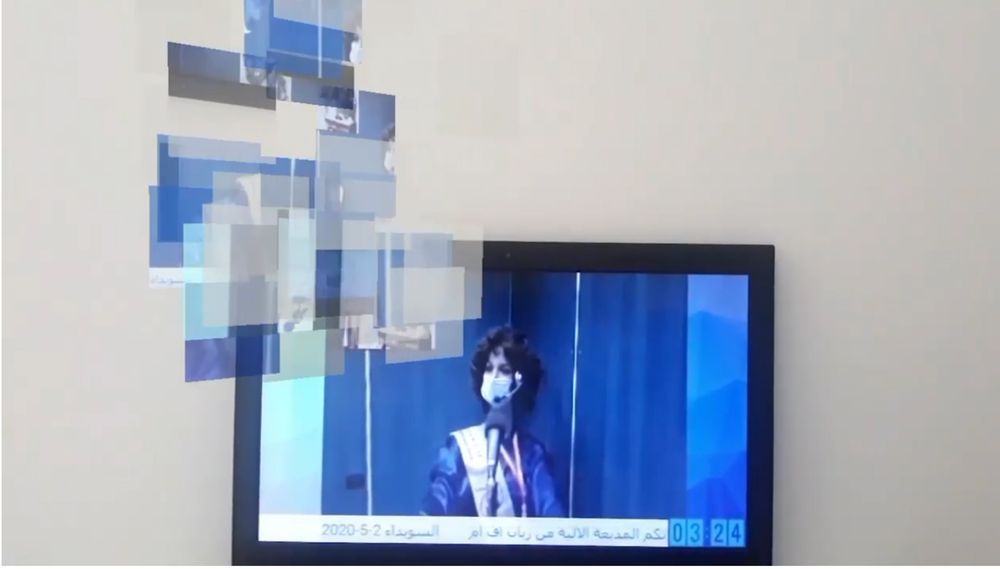
“Waiting for the Resurrection” explores the experience of living during the COVID-19 pandemic, a time marked by isolation and mediated through computer and smartphone screens. Some scenes were filmed through Instagram filters. The absurdity of human existence appears in the film in various situations, including robots performing human functions as presenting news or controlling citizens’ identities as the police usually do.
Beyond the Silence - Documentary (20‘) 2016
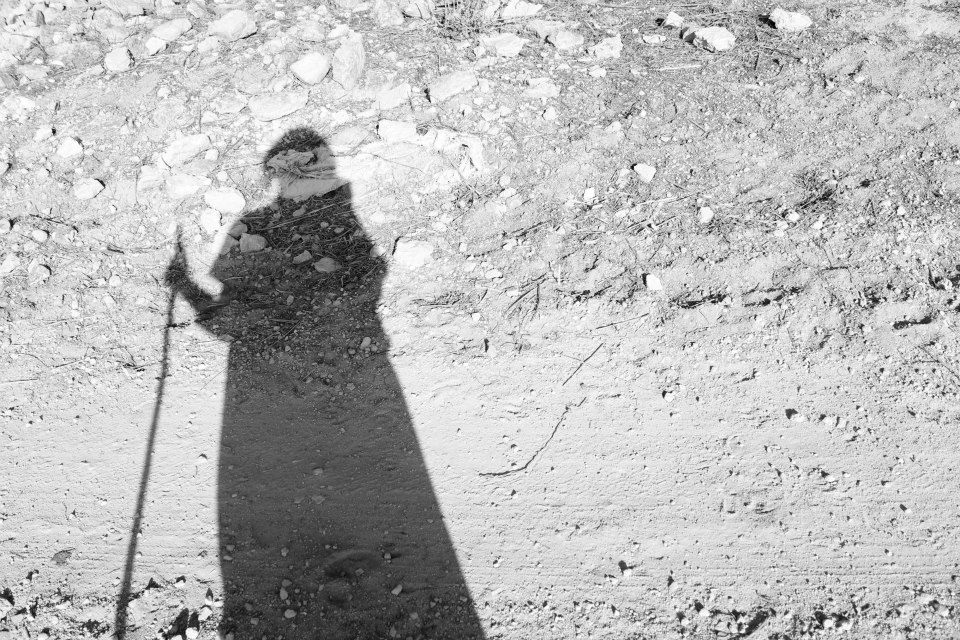
An experimental short documentary exploring themes such as time, memory, and perspective through the complex relationship between the filmmaker and her grandfather.
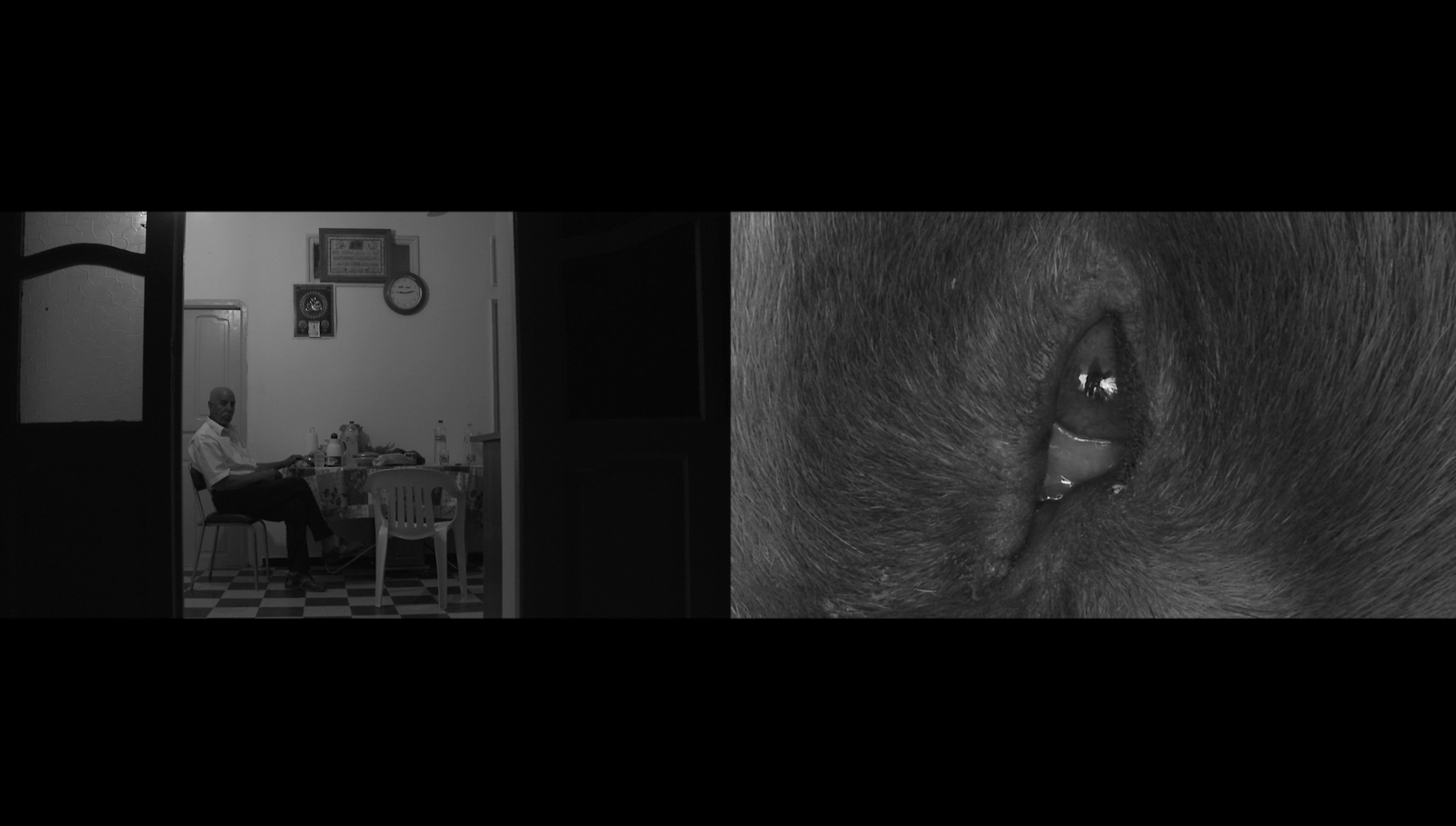
About "Beyond the Silence":
"Beyond the Silence" takes an additional step beyond thematic assignments and narration. The time and space of the ordinary are narrowed down to a familial setting to better expand the openings, exploring various questions about visibility and transitions. The screen is divided into two equal parts: the left side, in black and white, frames the grandfather in a room within the house through the entrance door (the door in Behind the Neon Lights was an exit). Occasionally seen from behind, his movements punctuate the image with their relative rarity. The troubling thickness of time is confirmed by this elderly man's actions: he removes two sheets from the wall calendar in one go, and adjusts the stopped clock, which an external arm (that of the filmmaker, who is his granddaughter?) helps him to hang at the end of the film. This temporal disturbance is complemented by an optical depth: the left part of the split screen focuses on the exterior, with shots of uncertain contours, resembling views through polished glass. The visual power of these exterior shots is enhanced by splashes of color appearing in a small section of the frame. The connection between the interior and exterior, between the old house and the rural landscape of El Kef, is established by touches, bordering on an experimental projection that blends the perspectives of discordant generations, including those of animals. The close-up of a donkey's eye, reflecting an unidentifiable figure, is particularly striking in this regard.
The daily life of this grandfather also includes his wife and a ten-year-old girl, a sort of double of the filmmaker. Intissar Belaid, invisible behind the camera, is frequently invited by her grandfather to enter the house, as the supposed danger outside is not merely meteorological, despite his claims. The erasure of the external space occurs at the end of the film, where the image of the interior of the
house extends across the full length of the screen. Temporal breaches occur between the different characters, notably through the relay of television images.
Translated excerpt from Robert Bonamy's text "Intissar Belaid: Remaining Radical (in Secret)" for the periodical Incertains Regards 2019
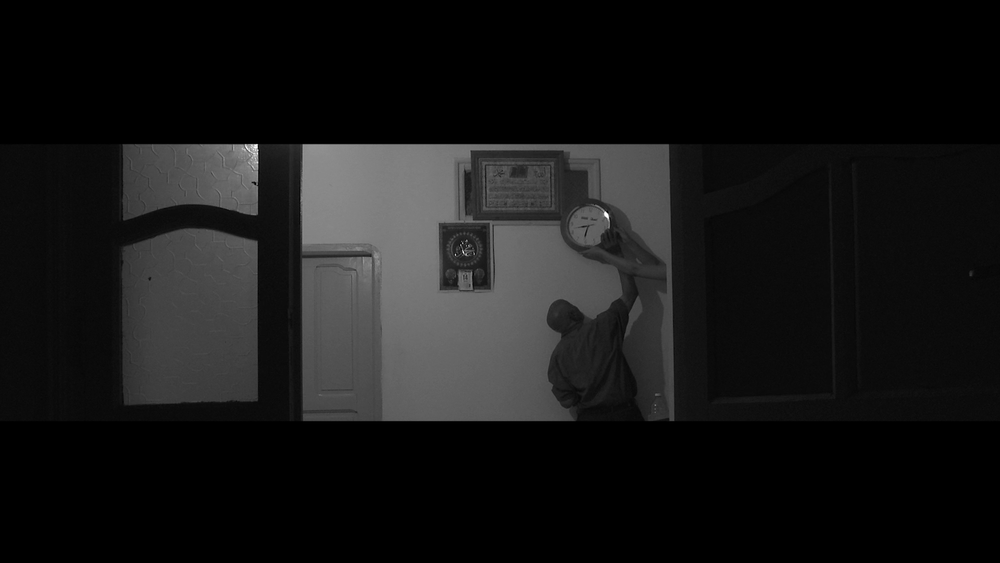
Pousses de printemps - Documentary (20’) 2014
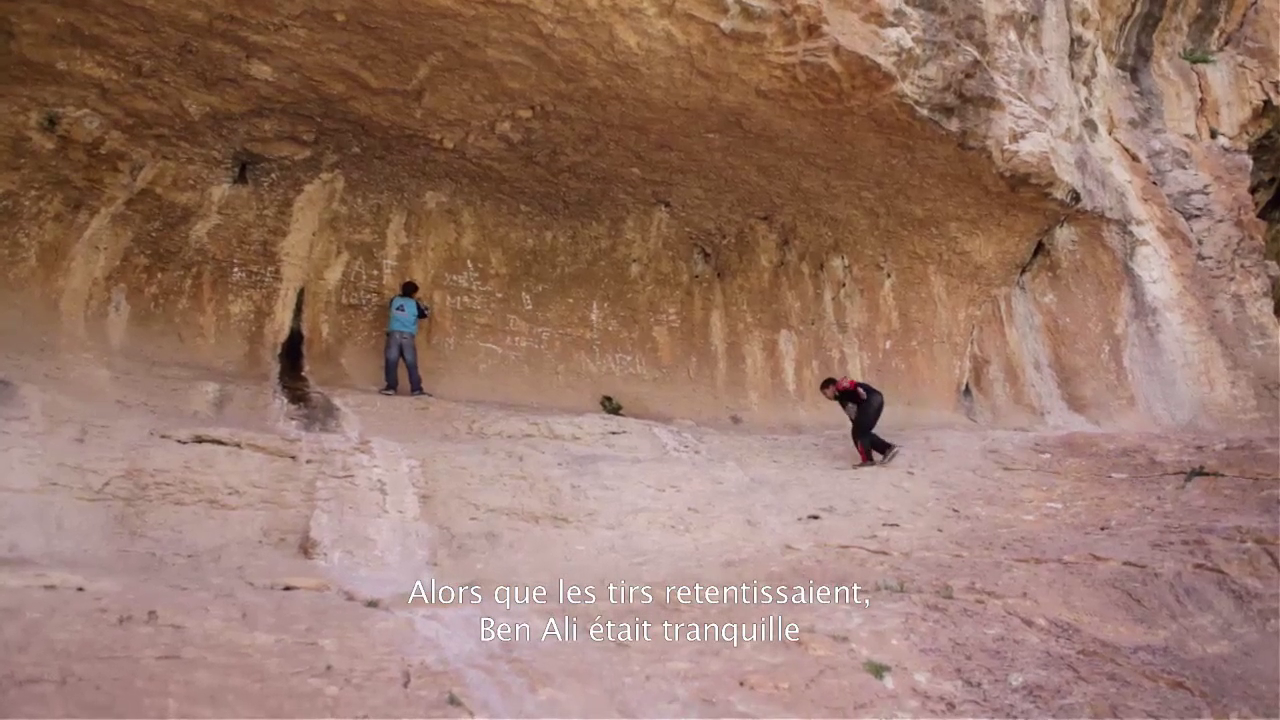
The film presents the perspectives of Moataz, Anas, Hazem, Chaima, and Najla—children from the filmmaker's hometown—offering a window into their experiences and perceptions of the 2011 Tunisian Revolution.
